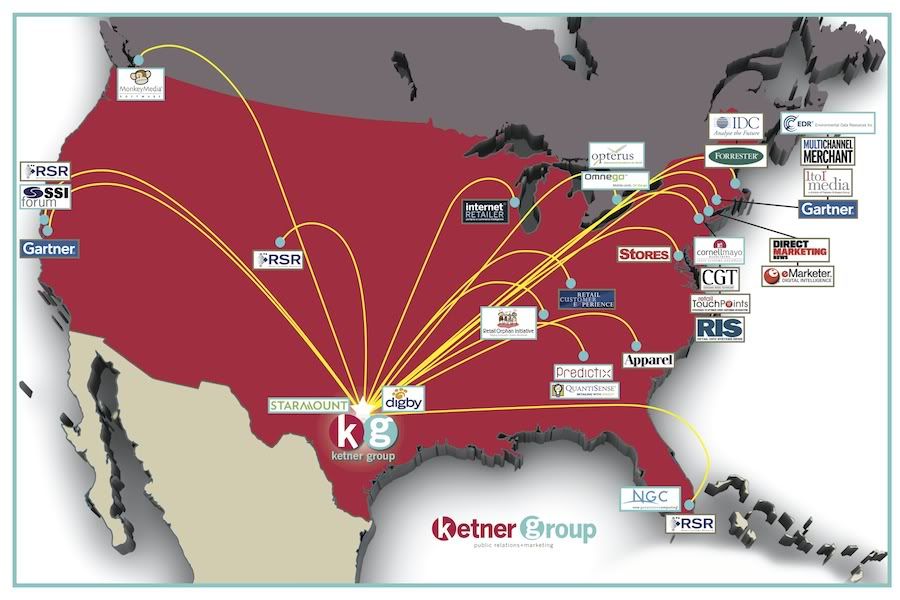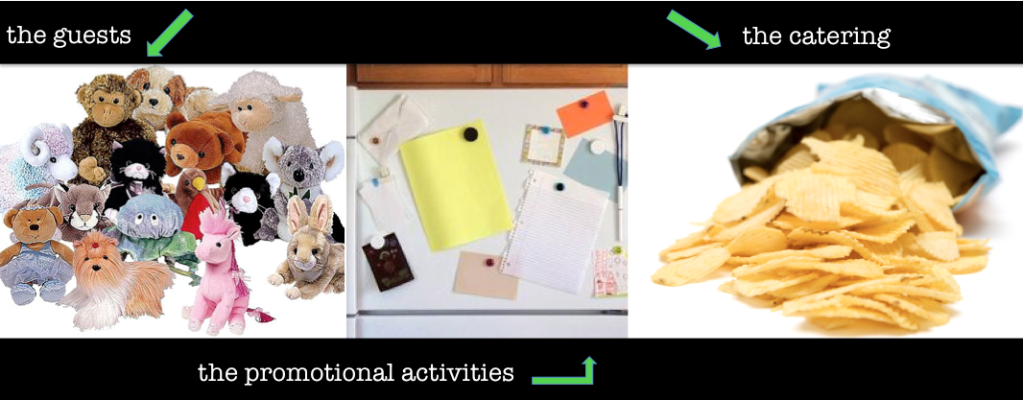The people of the Internet have once again moved on from one meme, most recently the Sh*t Girls Say phenomenon, to the next, currently the “What I Really Do” meme. So far on my Facebook feed I’ve seen what media buyers, law students, lawyers, journalists, film editors, stay at home moms, and military wives “really do.” I thought it incredible that I hadn’t yet come across “What PR People do” meme considering the number of my Facebook friends are also in PR, but finally this morning, there it was! Let’s take a look:

And since you asked how I felt about it–oh, you didn’t? Anyway, here are my thoughts on the topic:
What my friends think I do: Fiction! I don’t think my friends would say my job involves any more partying than any other non-bartending job, which is to say it doesn’t involve much!
What my parents think I do: Fact. This is 100 percent true—my parents know what a press release is, of course, but that’s about as far their understanding of PR goes. There is some confusion on how it differs from advertising (a general rule: advertising is paid media, PR is earned media), and I’m not sure they would know how marketing is different from sales.
What journalists think I do: Fact. This is pretty accurate, though I wish there was a visual to capture a bunch of devious-looking PR folk sitting around wearing devils horns emailing a press release about an auto show to 2,000 journalists and editors who only cover healthcare. Unfortunately, a lot of editors and journalists believe PR specialists don’t try to target their audience and spam inboxes with irrelevant news without a second thought. At least at KG, we try our best to only send announcements or pitches to those we think are a good fit.
What my clients think I do: Fiction! This one made me laugh, I’ll admit. I work with truly wonderful clients, so I doubt my clients think the KG team frolics in piles of their money all day, but I will concede that when working on marketing projects, we do sometimes spend other people’s money (I hasten to add we spend it wisely!).
What society thinks I do: Fact. I was sold by this one photo—it captures society’s misconception that PR people are conniving, deceitful, shady, really I could keep going but I’ll stop myself. It’s funny how much discredit the public gives the profession. Certainly there have been gigantic PR missteps and sure, there are some companies with questionable products or practices I wouldn’t want to represent, but most PR, especially the B2B work KG specializes in, is entirely fact-based and straightforward.
What I actually do: Fact. It’s been well documented on the KG blog and elsewhere that PR can be a stressful career—from the fear of the five most dreaded words, “Why aren’t we in this?” to a chronic case of PR Paranoia, “I know I’ve checked and re-checked this release I’m about to distribute 100 times, but what if there’s a typo?” I imagine air traffic controllers, neurosurgeons and teachers all have more stressful jobs than I do, don’t get me wrong, but yes, this head-meets-wall feeling really happens quite often. Maybe we should party more?
This version of the “What I Really Do” meme is more reality than myth, which I suppose is why the meme is so popular. It may not be a glamorous career, but it’s mine and I think I’ll keep it, “what society thinks I do” warts and all.
 Daily agency life often feels like an elaborate juggling act—account managers constantly juggle accounts and each account’s unique priorities and deadlines. This requires switching gears throughout the day, usually several times an hour. The necessity of this workflow is obvious—we need to be available to our clients throughout the day as projects and issues pop up, and we strive to efficiently handle projects as if each account were our only account. The KG team prides ourselves on being flexible and in our ability to nimbly manage dozens of loose ends at a time. However, it would not be a stretch to call this style of work ‘multi-tasking,’ and from
Daily agency life often feels like an elaborate juggling act—account managers constantly juggle accounts and each account’s unique priorities and deadlines. This requires switching gears throughout the day, usually several times an hour. The necessity of this workflow is obvious—we need to be available to our clients throughout the day as projects and issues pop up, and we strive to efficiently handle projects as if each account were our only account. The KG team prides ourselves on being flexible and in our ability to nimbly manage dozens of loose ends at a time. However, it would not be a stretch to call this style of work ‘multi-tasking,’ and from 
 Photo: A body outline drawing of Valerie in which each piece of the drawing represents Valerie’s journey through the Social Work program.
Photo: A body outline drawing of Valerie in which each piece of the drawing represents Valerie’s journey through the Social Work program. 


